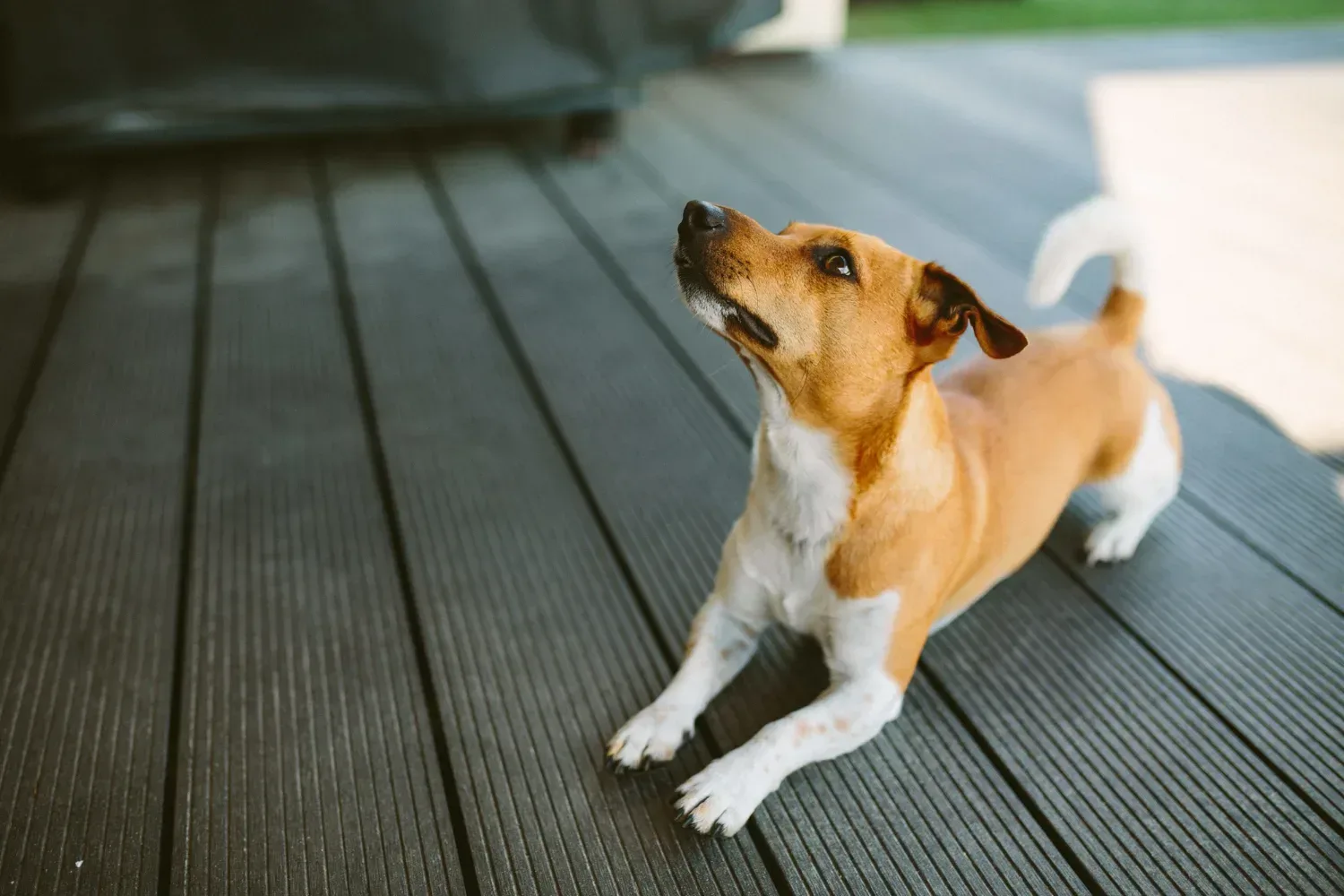
All about basenji heeler mix
This article is all about Basenji, a toy breed that is both a guard dog and a toy. You will learn more about this dog’s personality, its unique characteristics, and the lifestyle it can provide. If you are thinking of adopting a Basenji as your next pet, read on to learn about all the things you should know. Once you know everything about this breed, you will love having one.
Basenji is a toy breed
The Basenji is a small dog, and it has a distinct personality. They do not bark, and instead emit an odd, yodeling sound. Basenjis are also very devoted and fastidious, grooming themselves like cats and exhibiting a singular devotion towards their owners. This is one of the reasons they have been labeled a “cult breed.”
The basenji is a small dog with short hair. It comes in a variety of colors, including chestnut red, black, and tricolor. Their coat is short and non-shedding. Basenjis may also have white on their chests and tail tips. They are generally healthy dogs, but you should check with a veterinarian if you have allergies to dogs or cat dander. While Basenjis do not shed a lot, they should have a routine checkup to ensure they are healthy and happy.
The Basenji is an excellent choice for owners who are looking for an active dog that doesn’t require a lot of attention. However, this breed is still highly demanding if you do not have the experience necessary to handle its demanding nature. If you are not able to provide adequate leadership, the Basenji might become a destructive and demanding pet. Aside from this, Basenjis do not shed and don’t have the typical dog smell, which makes them ideal for people with allergies.
It is an intelligent dog
The Basenji heeler mix is one of the most intelligent dog breeds available today. It has the temperament and intelligence of a hound and a tendency to be stubborn. The dog knows commands but does not immediately perform them or obey. The dog uses its intelligence to demand attention and get what he wants. As a result, this dog breed is good for families, especially those that aren’t into barking or being aggressive.
The Basenji is an ancient breed and is known as “the barkless dog of Africa”. Their sleek body shape and ears resemble those of a noble hunter. In fact, some of the mummies of ancient dogs in Egypt may have been Basenjis! Because of their unique genetic makeup, the Basenji has unique characteristics and behavior that other dogs don’t share. These unique characteristics have made them a desirable breed for dog lovers.
A Basenji is classified as a sight hound, which means that it uses its eyes and ears to hunt. According to paleontologists, this breed is a descendant of the oldest dogs. This dog bred in isolation for thousands of years before it was discovered in Europe. The breed has undergone cross-breeding several times, but has remained largely unchanged since its inception. This includes its size, colors, and coat texture.
It is a guard dog
The Basenji heeler mix is an extremely intelligent, independent, and affectionate breed. Unlike many other breeds, Basenjis do not bark. Rather, they make their presence known by other kinds of vocalization, including the normal dog sounds. This alertness makes them a good guard dog, but the dog breed is not known as a guard dog. Read on to learn more about this incredible dog.
These guard dogs are great companions and give owners peace of mind. They are also excellent guard dogs, and they can protect you and your home from known threats while also being a great companion. While Basenjis can be difficult to train, positive reinforcement training can be helpful. If you are concerned about your dog chewing your belongings, make sure you train your Basenji with other dogs and small animals. They will recognize these creatures as family, and will not attack them.
A Basenji heeler mix can be a powerful, protective, and intelligent guard dog. This breed has the characteristics of both sexes. The Baseagle can grow up to twenty pounds, and has a life span of 13 to 15 years. A Baseagle can be a small to medium-sized breed with an adult weight ranging from six to 35 pounds. It sheds year-round or seasonally. A Baseagle is the result of the crossing of two breeds – the Pitsenji and the Boxer.
It is a destructive dog
If you’re wondering whether the Basenji heeler mix is a destructive, naughty dog, you’re not alone. While the breed is generally healthy, there are a few common health problems associated with this breed. Here are a few things to consider. First, make sure the Basenji is properly socialized with children. This will help prevent destructive behavior. Second, be consistent with Basenji obedience training. Make sure your Basenji does not get bored easily. It’s not uncommon for these dogs to dig holes and chew things.
Basenjis are independent, intelligent, and stubborn, but they are also very noisy. They need plenty of physical and mental stimulation to avoid destructive behavior. While they get along with most dogs, they can also be aggressive toward strangers and other dogs. They may bark or make other noises to communicate with you, but be sure not to force them. The Basenji heeler mix can be very destructive, so it’s important to keep an eye on them at all times.
Another major trait of the Basenji heeler mix is that they’re highly energetic. Aside from being high-energy, they also have a mischievous mind. Many Basenji owners exchange stories of Basenji destruction. These dogs need owners who are cleverer and sneakier than the breed. While they’re playful and loving, Basenjis don’t care much for tennis balls or Frisbees.
It can develop hip dysplasia
As with any other dog, there are certain precautions that you should take when caring for your Basenji heeler mix, including regular vet visits. Hip dysplasia can affect any breed, but it is especially common in large dogs. While it can be painful, hip dysplasia is treatable, and the following tips can help prevent it from getting worse. Read on to learn more. Then, be sure to ask your veterinarian about the recommended treatments for hip dysplasia.
Although Basenjis are generally healthy dogs, they are prone to certain health conditions, like hip dysplasia. Listed below are some of the most common and treatable conditions in this breed. You should also make sure to exercise your dog on a daily basis, but not too much. While some Basenjis do well on walks, others require more vigorous exercise. Bringing your dog with children is a good idea, as the two of you will exhaust each other and prevent hip dysplasia.
In young puppies and mature dogs, you may consider femoral head osteotomy. This surgery may help manage pain but does not restore normal hip function. Another option for younger dogs is triple pelvic osteotomy or double pelvic osteotomy. This surgery manipulates the growth of the pelvis, but has a low success rate. If you’ve tried other options, you may want to consider total hip replacement. This procedure replaces the entire joint with artificial parts and restores its functionality.
It is a good family dog
A Basenji is a small, light-built dog from Africa. This breed is unusual in its inability to bark, a condition attributed to the basenji’s abnormally shaped larynx. Despite this oddity, the breed is a loving and quiet family dog. Males can grow to 17 inches tall and twenty-four pounds, while females are much smaller in build.
Although Basenjis tend to be relatively healthy dogs, they are susceptible to some conditions. Those with children or a history of dog allergies may want to consider another breed of dog. Children should be taught how to handle dogs, and it’s best to supervise young children whenever they are around the dog. If children are present, make sure they are not allowed to approach the dog while it’s eating, and don’t leave the dog alone with small animals. Basenjis do best with other pets and children, but you should avoid taking your Basenji to the park or pet store without a parent.
Although Basenjis are not typically good with children, they can be excellent companions for older children. Ideally, you should introduce your new dog to kids when it is a puppy, and only remove it once it is an adult. This will ensure the dog is socialized and comfortable in your home. You should also make sure that your puppy receives plenty of exercise each day. These dogs are excellent watchdogs and companions and require daily exercise.
It is in need of adoption
If you’re interested in adopting a Basenji heeler mix, you’ve come to the right place. Although this breed doesn’t bark, the dogs still make the typical dog vocalizations. Read on to learn about their unique characteristics and how to care for them. In need of adoption? Here are some tips that can help you get started. Hopefully, one of them will fit into your family.
Barney is a male 22-month-old Basenji. He was born on November 28, 2019. He is a puppy that’s barely started his training. His family just stopped puppy classes when the pandemic hit. His former family raised him with two children. He loves kids but can’t stand being alone. Thankfully, the APA! shelter is stepping in to help him find a home with a loving family.
A Basenji heeler mix can make a great pet for a family. These dogs are known to be social and obedient, but they are not the best watchdogs. However, they are great with children and are not difficult to train. A Basenji heeler mix is an excellent choice for people who are looking for a companion, as they are good with children. This breed has a medium energy level and is very easy to train. It is also extremely adaptable and responds well to training.


